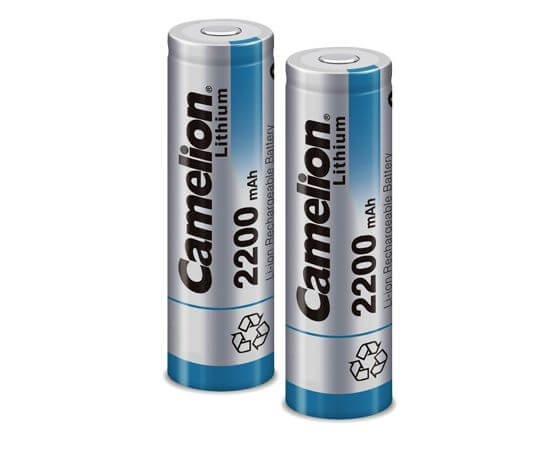18650 batteries have gained widespread popularity for their versatility and reliable performance across various devices. Understanding the scientific principles underlying their performance is crucial for optimizing their usage and making informed decisions.
In this article, we will delve into the intricate science behind 18650 batteries, exploring their composition, electrochemical reactions, energy density, voltage characteristics, and more. By unraveling these scientific aspects, we can gain a deeper appreciation for these remarkable battery power sources.
Anatomy and Structure:
18650 batteries boast a cylindrical shape and standardized dimensions. Internally, they comprise key components such as anode and cathode materials, a separator, and an electrolyte. The combination of these elements plays a significant role in the overall performance of the battery.
Electrochemical Reactions:
During the charging and discharging process, electrochemical reactions occur within the battery. The anode and cathode facilitate the transfer of electrons, while ions flow through the electrolyte and separator. These reactions directly impact the battery’s energy storage and release capabilities, dictating its performance.
Energy Density and Capacity:
Energy density and capacity are crucial metrics for evaluating battery performance. Energy density refers to the amount of energy stored per unit volume, while capacity indicates the total charge the battery can hold. Material selection and cell design greatly influence these properties, which, in turn, determine the battery’s runtime in devices.

Voltage and Discharge Characteristics:
The nominal voltage of 18650 batteries plays a significant role in device compatibility. During discharge, the battery experiences a voltage drop, which affects the device’s performance. Proper voltage cutoff levels are essential to prevent over-discharge and ensure the battery’s longevity.
Internal Resistance and Heat Generation:
Internal resistance within 18650 batteries affects their performance. Higher resistance can lead to heat generation during charging and discharging, impacting efficiency and potentially causing degradation or safety hazards. Managing heat is vital to maintain optimal battery function.
Charging Considerations:
Various charging methods, such as constant current and constant voltage, influence the battery’s health and lifespan. Charging rates should be carefully considered, and compatible chargers should be used to avoid damage. Adhering to manufacturer guidelines ensures safe and efficient charging.
Cycle Life and Aging:
Cycle life refers to the number of charge-discharge cycles a battery can endure before its capacity significantly decreases. Factors such as depth of discharge and charging conditions impact cycle life. Understanding battery aging processes helps manage performance expectations and plan for replacements.
Safety Considerations:
Safety is paramount when dealing with 18650 batteries. Choosing reputable brands and avoiding counterfeit products is crucial to minimize risks. Adhering to safe handling practices, proper storage, and responsible disposal further ensures a safe battery experience.
Advances and Future Developments:
The field of 18650 battery technology is continuously evolving. Recent advancements include improved materials, enhanced energy densities, and extended cycle lives. Future developments hold promise for even higher performance and expanded applications.
Final Thoughts
By understanding the science behind the performance of 18650 batteries, we gain valuable insights into their capabilities and limitations. Appreciating the composition, electrochemical reactions, energy density, voltage characteristics, and safety considerations empowers us to make informed decisions when using and selecting these batteries. As technology advances, further breakthroughs will continue to shape the landscape of 18650 battery technology, offering even more efficient and reliable power solutions for our devices.

